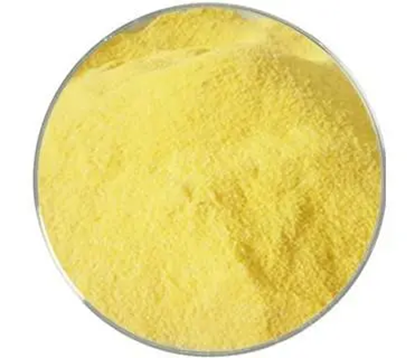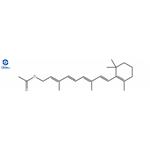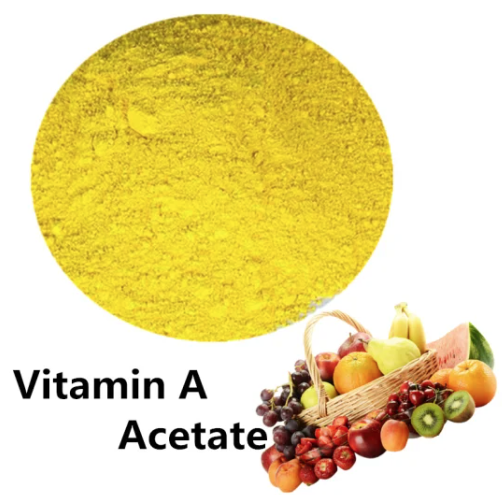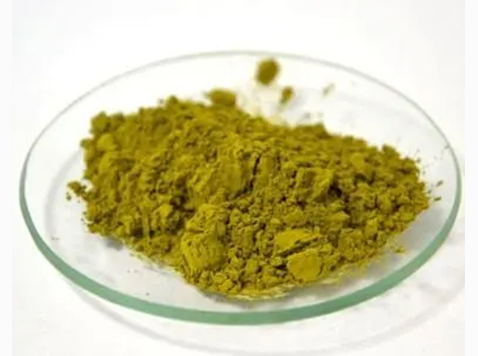Retinyl acetate: Introduction; Application and More
Introduction of Retinyl acetate
Retinyl acetate is derived from retinol. It is considered more stable than retinol. Therefore, it can be used as a dietary supplement as a source of vitamin A. Vitamin A is found in foods of animal origin, especially liver, but also in brightly coloured vegetables. Vitamin A is a member of the carotenoid family, and carotenoids are key components in plant pigments. It has potential anti-tumour and chemopreventive activities. Retinyl acetate binds to and activates retinoid receptors, inducing cell differentiation and reducing cell proliferation. This preparation also inhibits carcinogen-induced tumour transformation in certain cancer cell types and has immunomodulatory properties.

Application of Retinyl acetate
Retinyl acetate is suitable for a wide variety of analytical applications including, but not limited to, drug release testing, pharmaceutical method development for qualitative and quantitative analyses, food and beverage quality control testing, and other calibration requirements. In addition, its aqueous solution has been used as a medium component for venomous gland-secreting cells in snakes of different snake families. It has also been used in testicular block cultures. It is used to study the regulation of cell transformation by retinoids, cell differentiation and stem cell development.
Retinyl acetate-loaded nanoparticles
Retinyl acetate (RA) loaded polymeric nanoparticle (NP) carriers were prepared using two different single polymers, ethyl cellulose (EC) and poly (ethylene glycol)-4-methoxycinnamoylphthaloylchitosan (PCPLC). The stability of RA to aqueous solution and UVA light was significantly improved when encapsulated with PCPLC, whilst EC encapsulation gave some improved stability in water but showed no improved photostability. Ex vivo application of free RA and the RA-loaded PCPLC NPs onto the surface of the freshly excised skin from a baby mouse indicated a significantly slower skin absorption rate for the encapsulated RA.
However, 100% retention of the encapsulated RA in the skin tissue was observed after 24 h. Confocal fluorescent analysis of the skin pieces applied with the RA-loaded PCPLC NPs indicated likely entry and accumulation of the PCPLC NPs and RA at the hair follicles. Release of RA from the PCPLC NP carriers was confirmed through the detection of an increasingly higher RA/PCPLC fluorescent signal ratio deeper into the dermis and away from the hair follicles.
References:
[1] DE GROOT A D. Retinyl Acetate[J]. Definitions, 2020, 137 1. DOI:10.1002/9780470995327.ch230.
[2] SUNATDA ARAYACHUKEAT Thapakorn T U Supason P Wanichwecharungruang. Retinyl acetate-loaded nanoparticles: Dermal penetration and release of the retinyl acetate[J]. International Journal of Pharmaceutics, 2011, 404 1: Pages 281-288. DOI:10.1016/j.ijpharm.2010.11.019.
Related articles And Qustion
See also
Lastest Price from Retinyl acetate manufacturers

US $0.00-0.00/kg2025-12-02
- CAS:
- 127-47-9
- Min. Order:
- 1kg
- Purity:
- 98%
- Supply Ability:
- 1000kg

US $0.00/KG2025-04-21
- CAS:
- 127-47-9
- Min. Order:
- 1KG
- Purity:
- 98%
- Supply Ability:
- 500kg/month



